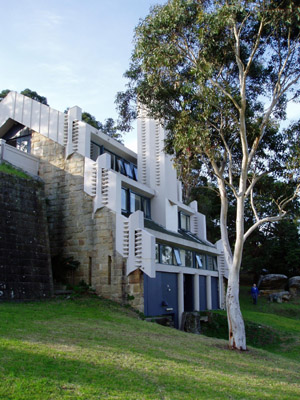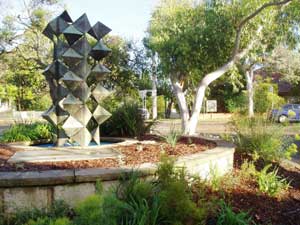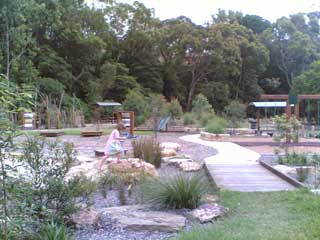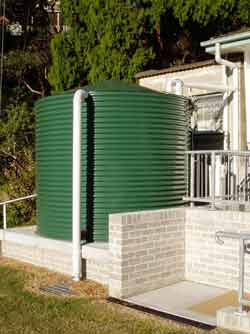It is the practice of Willoughby City Council to send copies of DAs to each progress association within its area and the Castlecrag Progress Association is sent all DAs relating to Castlecrag. The Castlecrag Progress Association attempts to monitor all DAs relating to Castlecrag and to comment without fear or favour on those DAs that may have the potential to adversely impact on our community. The Association does this according to strict policy guidelines that are linked to its long-standing objective: ‘To conserve the natural and human heritage of Castlecrag for the benefit of future generations.’
Acquiescence to non-complying development that will impact upon our community will incrementally damage the special character of Castlecrag and reduce the enforceability of the planning controls.
To facilitate transparency and understanding of our policy and the processes followed in implementing the policy, the Committee of the Progress Association redrafted its DA policy last year. The redrafted policy was unanimously endorsed at the Progress Association general meeting on 23 August 2005. It was published in The Crag and is posted on the Association’s web site.
The Progress Association is pleased to report that it has only found need to object to or to comment on a small percentage of the large numbers of DAs received since August 2005.
The Association has, in accordance with its DA policy, commented on several DAs requiring a SEPP1 variation. This arises where a proposal seeks to depart from any mandatory standard contained in a local or regional environmental plan or state environmental planning policy such as site area requirements, maximum height or foreshore building line. In these cases the applicant must lodge a written statement known as a SEPP1 objection.
As the Progress Association does not always have the means in the time available to assess whether such a variation from the controls is justified and will not adversely impact upon the community, it will write to Council to remind it that consent should only be granted if the SEPP1 objection is well founded.
On other occasions if the applicant has not provided all documentation that is required by the planning controls for assessment of a DA, the Association will also write to Council to remind it that consent cannot be given until all the necessary information has been provided to permit a proper understanding of the proposal. The most common omission is the failure to provide a SEPP1 objection for a partial three storey development (which always requires a variation of the height standard), or a landscape plan, or a heritage impact statement for a development in the Griffin Conservation Area.
Jill Newton and Peter Moffitt




